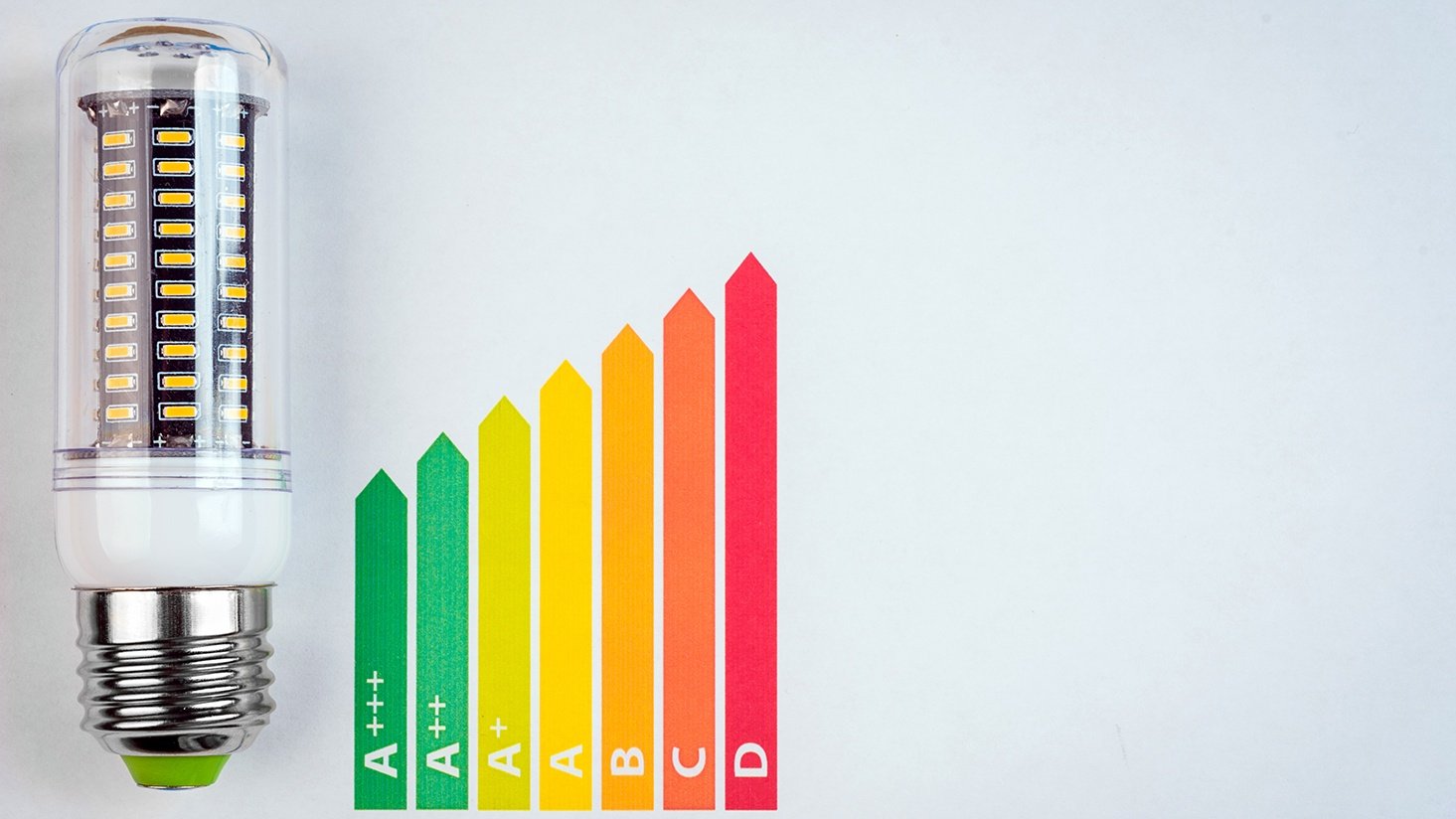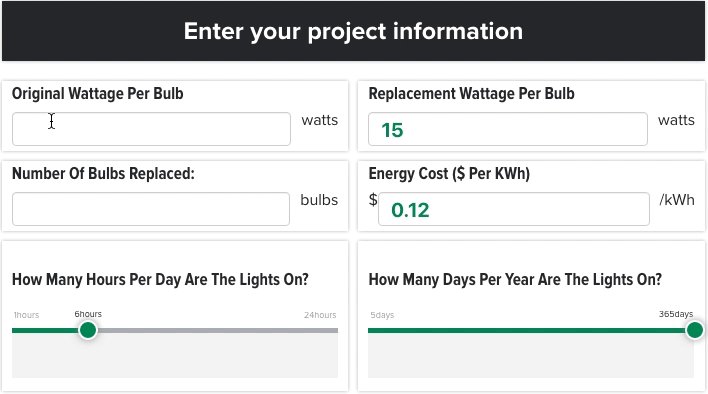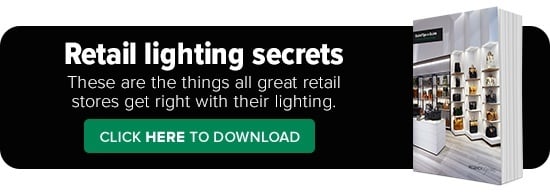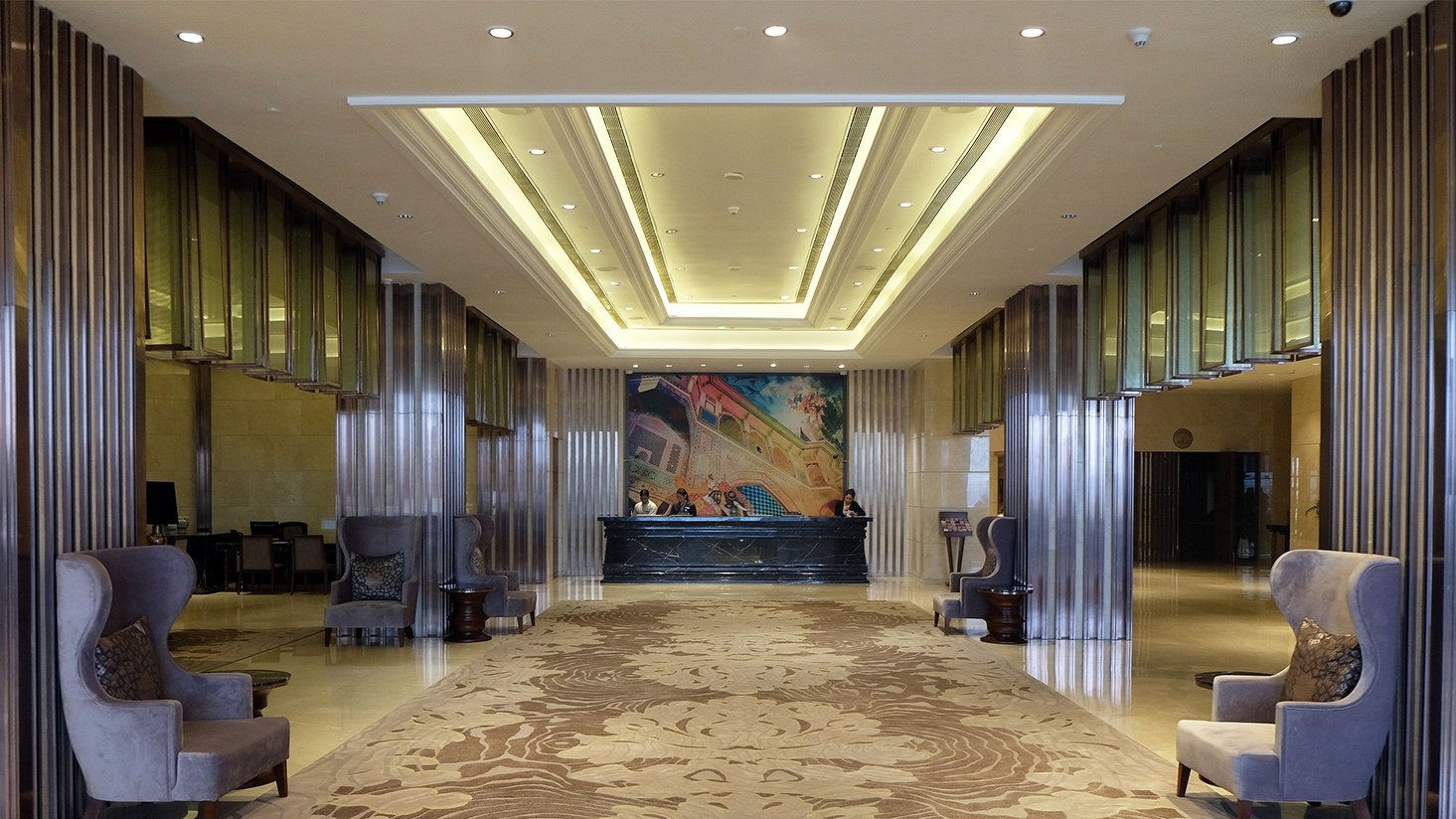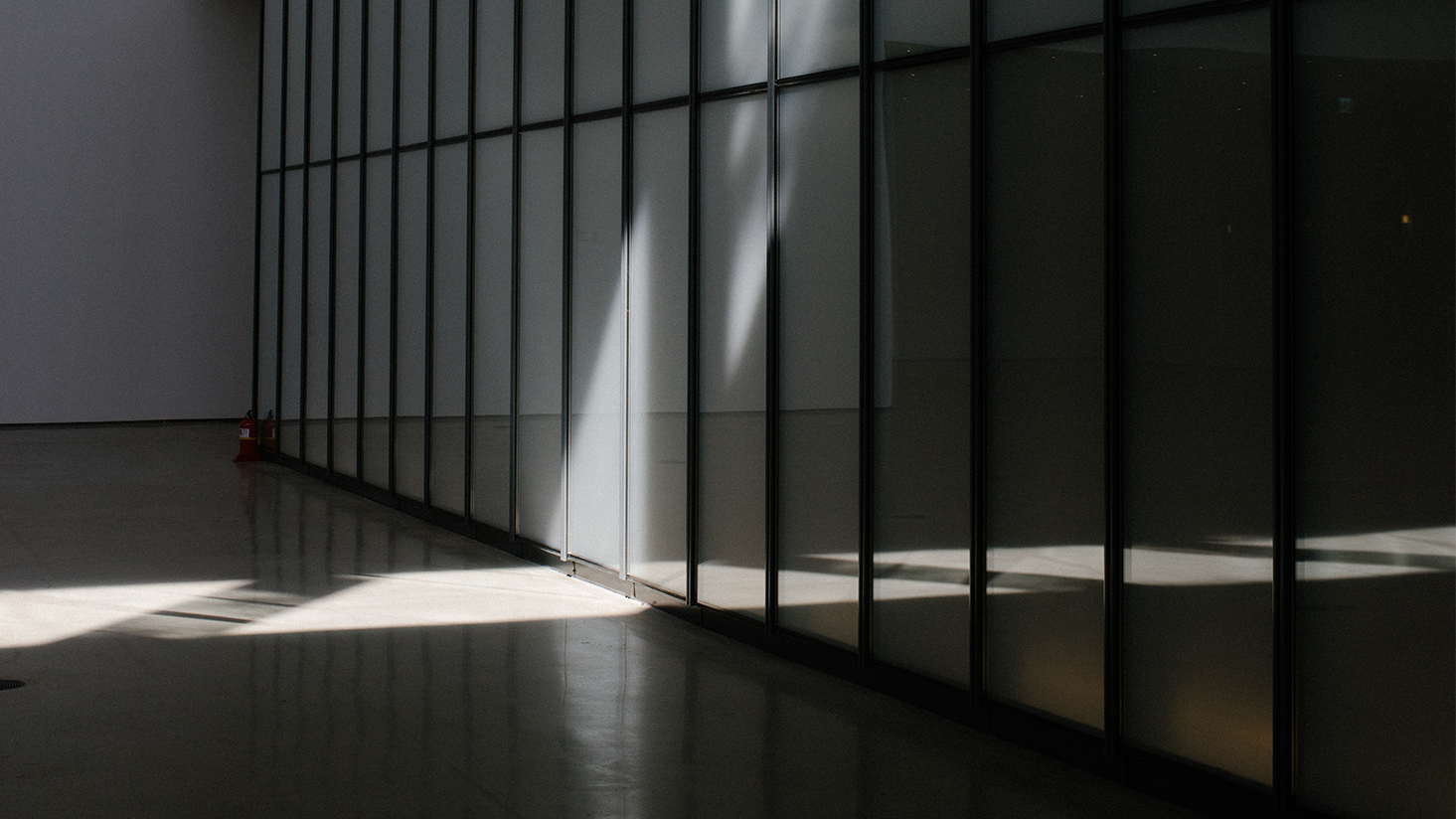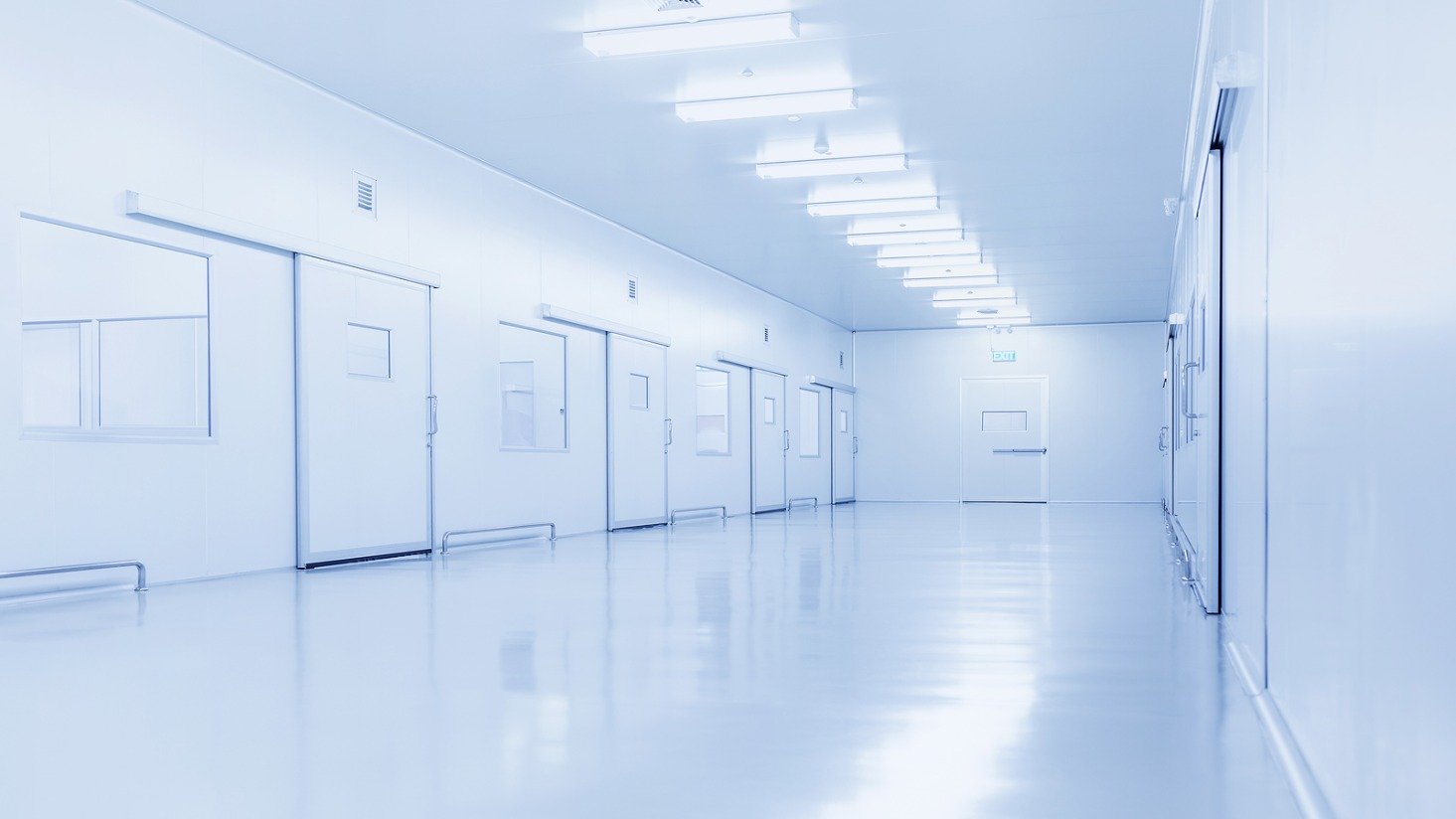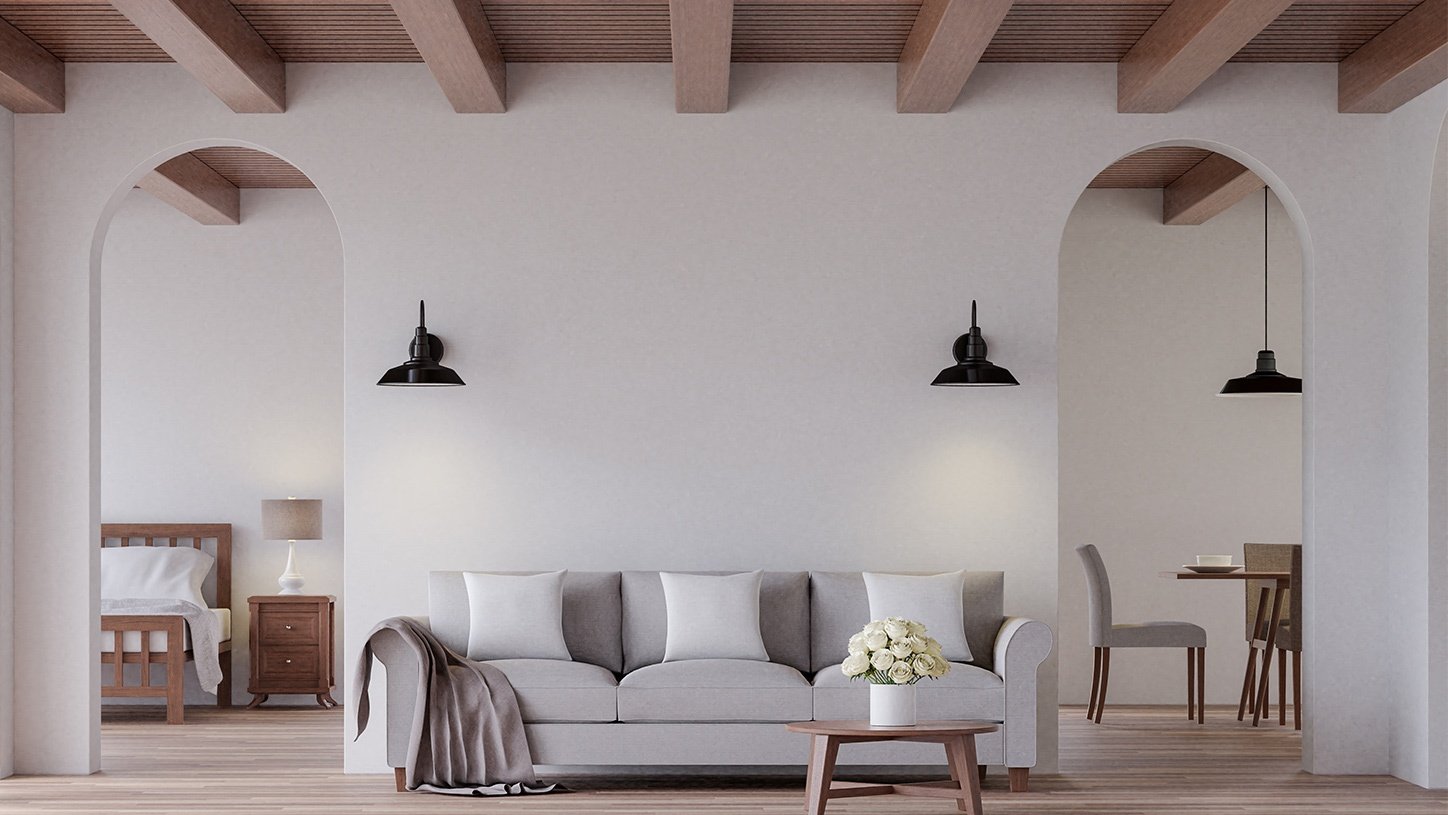Here are some lumen per watt (LPW) targets for common LEDs
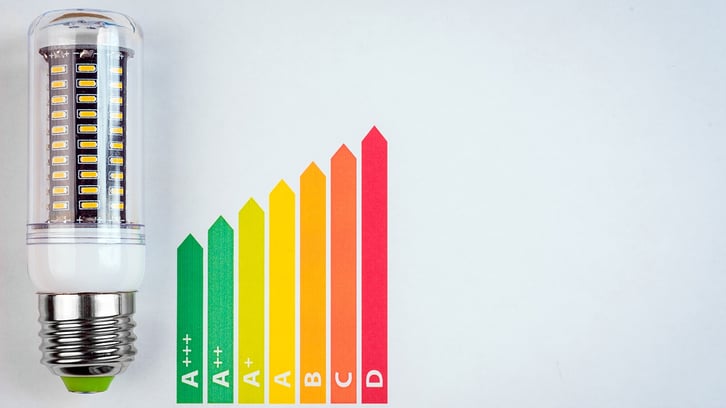
Let's be honest. Usually, choosing between LED products is no straightforward undertaking. Which product specs matter for you and which are nonessential?
If you're like the majority of businesses that are converting their lighting to LED and your primary goal is energy savings, one key metric to look at is lumens per watt (LPW) – a unit of efficacy.
Unlike lighting product specification, understanding this metric is pretty easy. The higher the LPW number, the more efficient the product is. As defined in our downloadable lighting glossary, lumens (lm) are "a unit of luminous flux." Lumens are "the overall light output or quantity of light produced."
And a watt, of course, is a unit of power that is used to measure the power consumption of a lamp.
Simply, the more lumens you can get from a watt, the more efficient the lamp is at doing its job.
So, what are some target LPW ranges for the lamp type you're buying?
Obviously, the higher the LPW, the better, especially when energy efficiency is the main criterion influencing your buying decision.
Furthermore, consider that efficacy is a major criterion in Energy Star certifications. If your lamps are not Energy Star certified, there's little chance they'll qualify for any utility rebates. And there are a handful of rebates which offer escalating incentive ranges based on the efficiency of your lighting. Sometimes, the higher the LPW, the higher the incentive.
Here are some LPW targets for some common LED lamp types:
| Lamp type | Target LPW (LED) | Average LPW (fluorescent/ CFL) | Average LPW (halogen) |
| A bulbs | |||
| A19 | 80+ | ~60 | ~17 |
| A21 | 85+ | ~60 | ~15 |
| R and BR lamps | |||
| R20 | 65+ | ~35 | ~10 |
| BR30 | 75+ | ~45 | ~13 |
| BR40 | 70+ | ~50 | ~16 |
| MR lamps | |||
| MR16 | 65+ | - | ~18 |
| PAR lamps | |||
| PAR20 | 65+ | ~25 | ~12 |
| PAR30 LN | 60+ | ~50 | ~16 |
| PAR30 | 60+ | ~50 | ~16 |
| PAR38 | 65+ | ~45 | ~18 |
| Linear tubes | |||
| T8 - 4 ft. | 115+ | ~90 | - |
| T8 - 3 ft. | 120+ | ~80 | - |
| T8 - 2 ft. | 120+ | ~75 | - |
| T8 - U-bend | 115+ | ~85 | - |
Lighting metrics to consider beyond energy efficiency
If efficiency isn’t your sole consideration as you convert to LED, there are plenty of other key metrics to consider. To break these down, we’ll focus on a few different applications and pinpoint what metrics you should be looking for if you’re responsible for one of those applications.
For the sake of simplifying your buying decision, we've narrowed the scope of what we'll be looking at to two metrics per application, or setting. If you're looking for a more comprehensive set of metrics, check out our recent post, "Focus on delivered lumens and footcandles, not just lumens, to increase brightness."
Two lighting metrics to consider in retail applications
- CRI: If you're responsible for a retail setting, your merchandise has to be the star of the show. It deserves high-quality lighting that makes it look right. You want a high color rendering index (CRI) lighting package, which properly renders the true color of your products, making blue pieces look blue – not purple – and black pieces look black – not navy.
- CCT: The color temperature of your lighting package has as much impact on the mood of your space as anything. It subconsciously affects your customers and their buying behavior. If they feel welcomed by the warmer lighting in your store, they may be more likely to linger in your store – checking out more products than they might under bright white lighting.
Two lighting metrics to consider in restaurant applications
- CRI: What's less appetizing than a gray hamburger or a green egg?
Light that accurately renders colors is of utmost importance in restaurant settings. Low-CRI lighting products will let you down when it comes to this effort, making it crucial to put CRI atop your list of lighting metrics to consider if you're responsible for the lighting in a restaurant application. - CCT: As in retail environments, choosing color temperature correctly for your restaurant application will dictate the mood of your space – and impact the decision-making of your customers – as much as any other design decision you make. It's crucial to consider correlated color temperature (CCT) as you plan the lighting for your restaurant application to ensure you're properly influencing the buying behavior you want in your restaurant. Is the restaurant in the fast-food or fast-casual segment? If so, cool lighting might help to keep things moving, drive quick transactions, and move customers in and out of the space efficiently. But if it's a high-end steakhouse or seafood restaurant and the dining experience is designed to last more than an hour, warm lighting will help customers to settle in, stay for dessert, and maybe even order another bottle of wine.
Two lighting metrics to consider for commercial office applications
- CRI: As with so many other applications, color rendering index (CRI) is very important in commercial offices. If the tenants at your building spend 40 hours a week under low-CRI lighting, they'll eventually begin to notice and complain of "bad" or "funky" lighting. This devalues your rentable space to them and can negatively affect retention in the long-term.
- Lumens: Dimly-lit commercial office space isn't very useful. It impairs productivity and lends itself to maintenance and cleanliness challenges. Of course, you don't want to hurt your tenants' eyes, but you also don't want them squinting. Focus on high lumen output to ensure your spaces are adequately illuminated, but keep delivered lumens and footcandles in mind as you do so.
Two lighting metrics to consider for multi-family applications
- CCT: Color temperature is incredibly important
in home applications. Living rooms should feel warm andinviting . Kitchens and bathrooms should be bright and clear. When you're specifying your lighting for a multi-family application,color temperature may be the key lighting metric to consider.
*As a side note, thinking of commercial space the same way you think of a home is a simple, helpful color temperature litmus test. Ask yourself: "Do I want my store/ office/ restaurant, etc. to feel more like a cozy living room or a bright, clean kitchen?" - Lumens: Dim apartments can feel cheaper than well-illuminated ones. It's always better to err on the side of more light, remembering that you can use controls to add dimming capability for tenants. Look at lumen output when specifying lighting for a multi-family application.
Two lighting metrics to consider for warehouse space
Lumens per watt (LPW) might be most relevant in warehouse space and similar applications with high burn hours, like a stairwell or parking garage. Because your lamps are almost always burning in these areas, it's critical that they're as efficient as possible. Beyond LPW, though, here are two other metrics to consider for the warehouse application in particular:
- Lumens: Noticing a theme here? Workspaces shouldn't be dim. They need adequate illumination and brightness. Few jobs are done well in the dark. And warehouses can be dangerous when they're dark and dingy. Look closely at lumen count when deciding on lighting for your space. You don't want to regret a choice for savings that leaves your warehouse employees squinting and at risk.
- CRI: On a similar note, CRI is important in many warehouses. Why? Any color-coded product or inventory with multiple color options will require high-CRI lighting products for efficient fulfillment to take place. Consider this as you specify the lighting in your warehouse.
